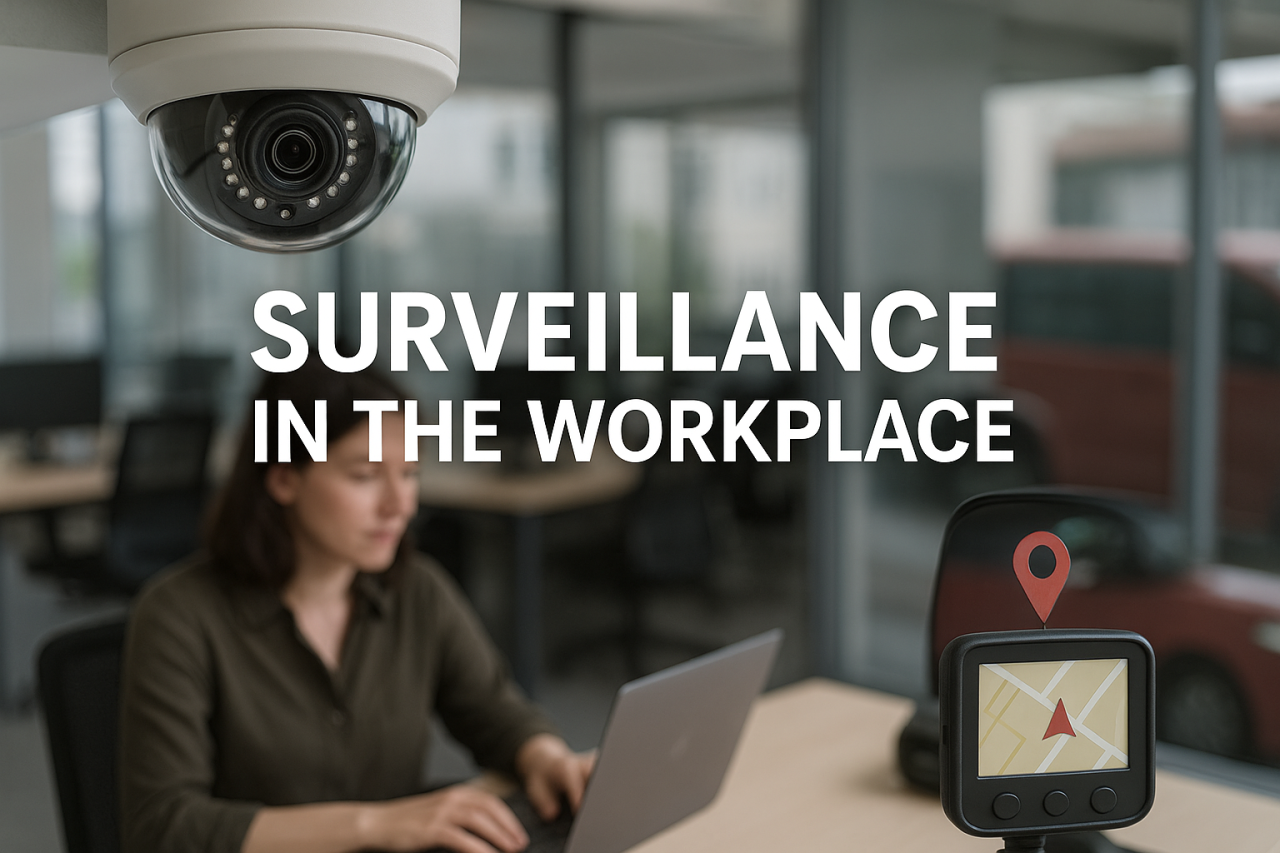The modern workplace is a dynamic environment, constantly shifting due to technological advancements, evolving employee expectations, and the ever-increasing emphasis on productivity. However, along with these changes, there has been a notable rise in workplace bullying incidents, fueled by personality conflicts, heightened stress levels, and greater awareness of employee rights. According to research, one in two employees has experienced workplace bullying or harassment. Alarmingly, much of this remains unreported, making it a pressing issue that requires attention and action.
What is Workplace Bullying?
Workplace bullying involves repeated, unreasonable behaviour directed at an individual or a group of employees that creates a risk to health and safety. This type of behaviour can manifest in various forms, from overt aggression to more subtle, insidious actions. Workplace bullying is characterised by its persistence and the distress it causes to the targeted individual(s).
Common Examples of Workplace Bullying:
- Initiation Ceremonies: Forcing new employees to participate in degrading or humiliating activities.
- Teasing and Practical Jokes: Persistent and unwanted humour at the expense of an employee.
- Exclusion: Deliberately leaving certain employees out of work-related events or conversations.
- Workload Manipulation: Assigning too much or too little work to an employee to cause stress or frustration.
- Skill Misalignment: Assigning tasks that are either above or below an employee’s skill level, leading to feelings of inadequacy or boredom.
- Information Withholding: Not providing necessary information that an employee needs to perform their job effectively.
- Unreasonable Deadlines: Constantly changing deadlines or setting unrealistic expectations.
- Belittling Comments: Making remarks that undermine an employee’s confidence or self-esteem.
- Aggressive Behaviour: Displaying anger or hostility towards an employee, either verbally or nonverbally.
- Insults and Offensive Comments: Using derogatory language or making comments that are offensive to the employee.
Workplace bullying can significantly impact an employee’s mental and physical health, leading to anxiety, depression, and even physical illness. It also creates a toxic work environment, reducing overall productivity and morale.
Reasonable Management Action: Distinguishing the Line
While it is crucial to address workplace bullying, it is equally important to differentiate it from reasonable management actions that are necessary for maintaining order and efficiency within the workplace. Reasonable management action refers to actions taken by managers or supervisors that are appropriate and justified in the context of managing employees and the business.
The distinction between workplace bullying and reasonable management action was notably examined in the case of Trainer v Council for Christian Education in Schools and others [2023] FWC 1272. This case highlighted key considerations that define what constitutes reasonable management action.
Case Overview:
- Context of Comments: The employee in question made comments about travelling to various countries, to which the manager responded by stating that it was “poor theology.” The employee perceived this as religious discrimination. However, the Fair Work Commission found that the comment, although firm, was not intended as bullying but rather as an expression of opinion relevant to the context.
- Response to Leave Requests: The employee raised concerns that their leave requests were not responded to promptly. The Commission acknowledged that while timely responses are important, delays do not necessarily constitute bullying unless they are part of a pattern of unreasonable behaviour.
- Directive to “Drop It”: During a discussion about a four-day workweek in an open-plan office, the director instructed the employee to “drop it.” The employee felt this was threatening and humiliating. The Commission ruled that the directive, while firm, was within the director’s rights to manage workplace discussions and was not bullying.
- Internal Bullying Complaint: The employee made an internal bullying complaint, which involved the chair of the board, leading to concerns about the process being followed. The Commission emphasised that involving senior management in such cases is often necessary and reasonable, particularly when dealing with serious complaints.
Key Takeaways from the Commission’s Ruling:
- Firmness vs. Harshness: Reasonable management action can be firm without being considered harsh or bullying. Managers are allowed to enforce policies, provide feedback, and make decisions that might not always be well-received by employees, as long as these actions are carried out fairly and respectfully.
- Feedback and Disciplinary Action: Providing constructive feedback, even if negative, is a necessary part of management and does not constitute bullying. Similarly, taking disciplinary action when justified is within the bounds of reasonable management, provided it is conducted in a fair and consistent manner.
- Accountability: Holding employees accountable for their actions and performance is a fundamental aspect of management. As long as accountability measures are applied reasonably and without malice, they do not amount to bullying.
- Policy Adherence: Following established policies and procedures is crucial in maintaining a fair and transparent workplace. Deviating from these processes, especially in ways that disadvantage an employee, could be problematic, but adherence itself is not bullying.
- Lawful Directions and Senior Management Involvement: Providing lawful directions and involving senior management in decision-making processes, especially in complex or sensitive matters, is a standard management practice and is not inherently bullying.
When Management Actions Cross the Line:
While the above points highlight what constitutes reasonable management action, it is important to note that management actions can cross into bullying if they are executed in a manner that is aggressive, intimidating, or involves threats. Managers must be careful to avoid any behaviour that could be perceived as unreasonable or unjust.
Conclusion
Workplace bullying is a significant issue that can have serious consequences for both employees and organisations. However, it is crucial to differentiate between bullying and reasonable management action. Managers have a responsibility to enforce policies, provide feedback, and manage employees effectively, but they must do so in a manner that is fair, respectful, and free from malice. By maintaining this balance, workplaces can foster a healthy and productive environment where employees feel safe and valued.
Ultimately, addressing workplace bullying and ensuring reasonable management practices go hand in hand in creating a positive workplace culture. Organisations must be vigilant in preventing bullying while also supporting managers in performing their duties effectively and fairly.
Disclaimer: The information provided in this blog was accurate at the time of writing and is intended as general advice. For specific advice, please call AHR on 1800 577 515.










